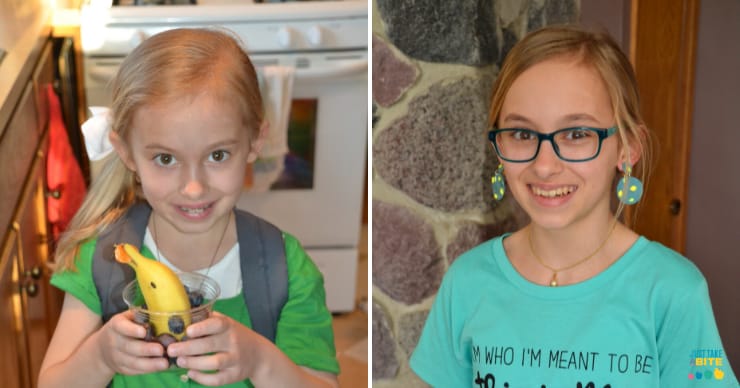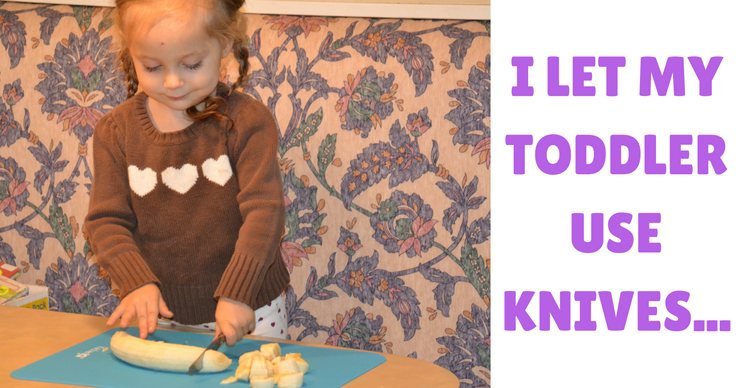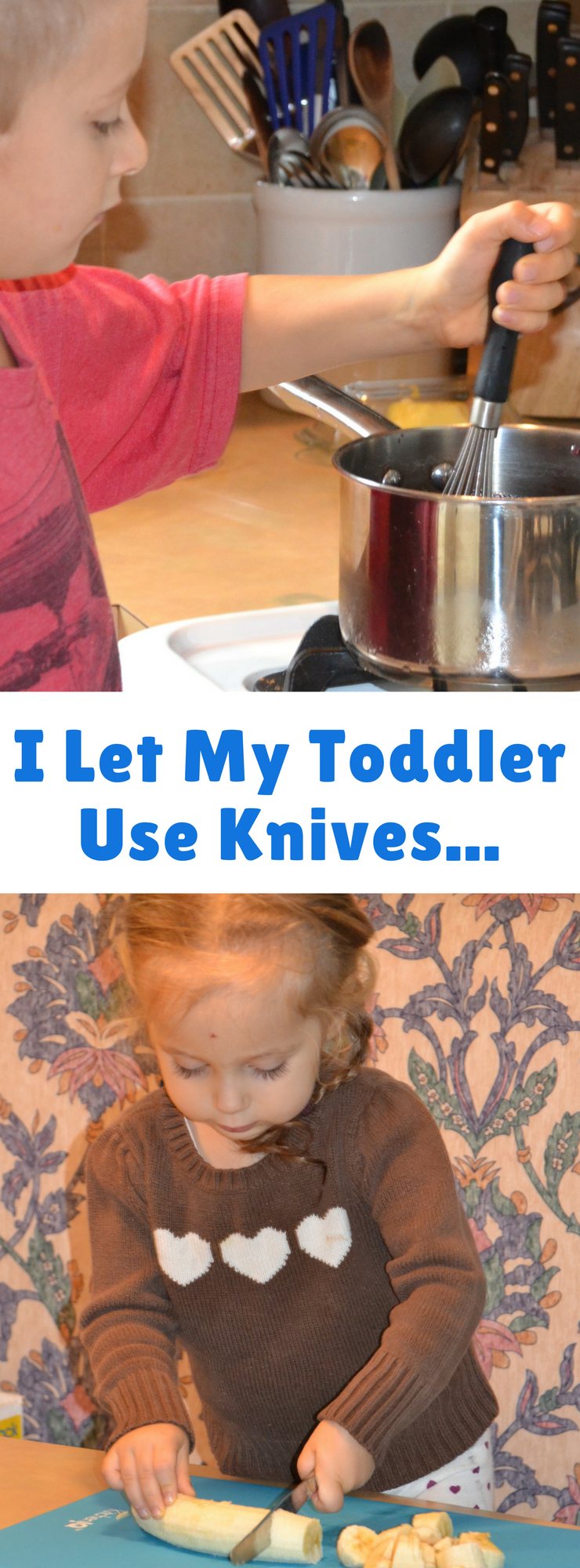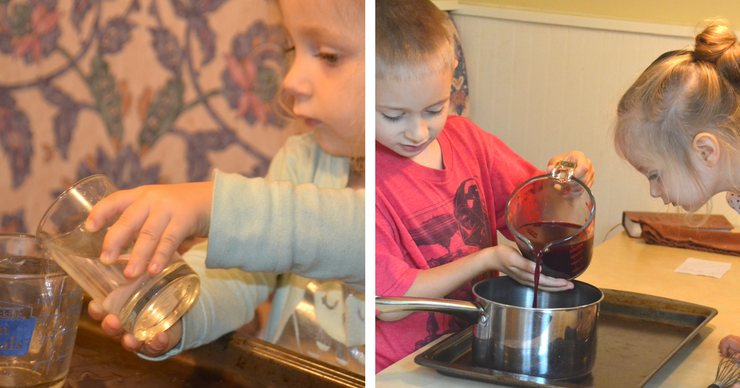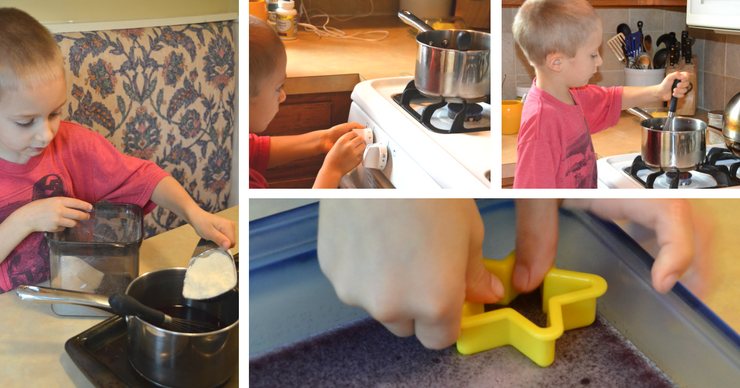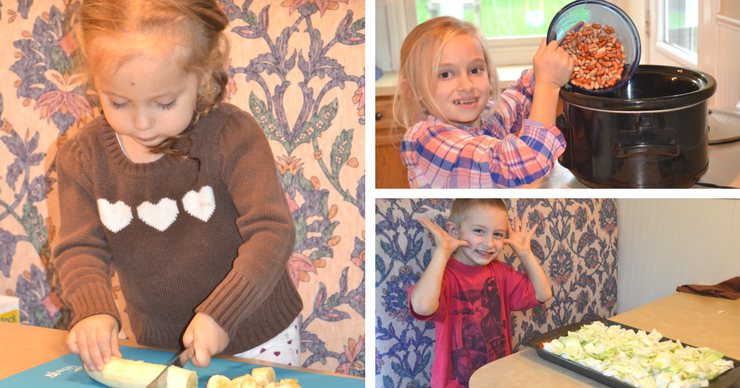There are so many diets and theories and opinions when it comes to health. I’ve experimented with many of them! As I celebrate another year of life I’m so excited to finally be able to find joy in nourishing my body.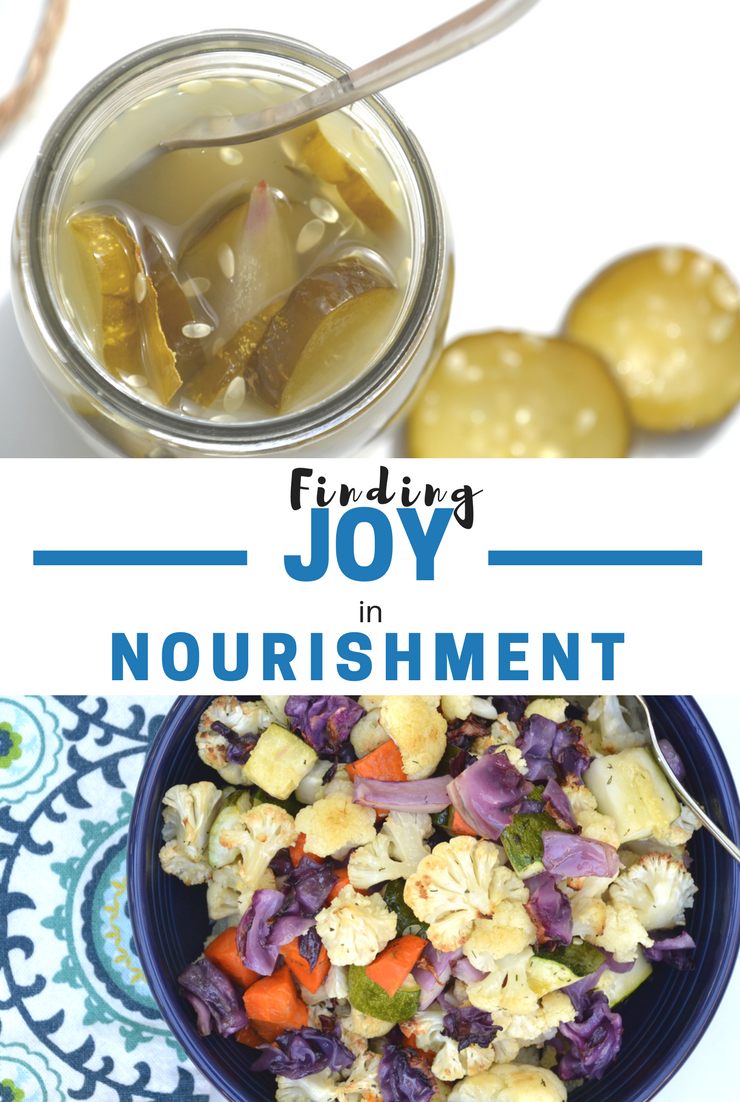
You Have to Be Healthy to Eat Healthy
It’s something I often say to people frustrated with trying to eat the “right way” but still not feeling great. There are so many diets that promote real food and healing. They all have merit, but that doesn’t mean they work for everyone.
I know this because I’ve tried them (read some of my thoughts HERE). And the only thing I got was severe obsessive compulsive disorder, anxiety, more food intolerances and infertility. But no healing.
The real problem is they all include rules. Specific diets place restrictions on what you can eat and categorize food as good or bad. When a food is deemed bad or forbidden guess what happens? You want it! You are left with this constant decision making between doing the right thing or the wrong thing. And feeling guilty if you choose wrong. Or worse food starts to cause anxiety.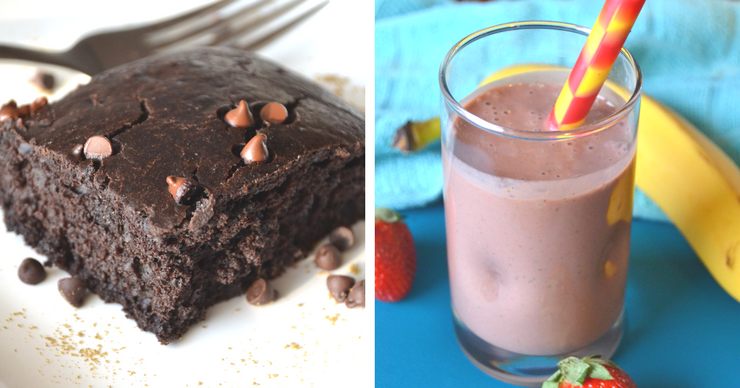
It took me the last twenty years to move past feeling like food is either good or bad. But I did it. And I love it! It is so freeing to finally enjoy food.
Help for Food Freedom
Are you hung up on trying to find the right diet for you? Are you wondering if low carb or grain free or high fat is right for you? Does it make you stressed just thinking about it? Here are some simple tips to get past the fear and back to joy.
- Start listening to your body.
Take note of how you feel when you eat certain foods. Keep a food journal for a week or two if need be. If nuts bother your stomach, take a break from them. If you feel better eating more carbohydrates and less fat then go for it. Eat what makes YOU feel good, not what helps your neighbor or your favorite blogger. If you are dealing with an autoimmune disease or allergies that will impact what foods hurt or help.
- Get rid of the rules.
Stop viewing food as good or bad. As long as it’s real food it’s ok. Enjoy a piece of homemade chocolate cake and ice cream. Make a big stack of pancakes with butter and real maple syrup for breakfast. When you restrict foods because you think you shouldn’t eat them (instead of restricting because they actually make you feel bad) they create more stress. Ditch the diet and rigid rules.
- Start focusing on nourishment.
This is where the fun begins. When you let go of unnecessary rules and you’re not constantly debating between eating a salad and digging into a container of ice cream you can focus on really taking care of your body.
Finding Joy in Nourishment
I spent far too many years trying to eat the perfect diet. Only to feel stressed, anxious and deprived. Then I had to go the other direction of eating anything and everything to try to restore metabolic health (you can read about my journey HERE and HERE). All to find a place of balance. Now I find great joy in nourishing my body. Not because a diet tells me to. Because I want to.
I heard someone recently say that happiness is external and joy is internal. Being happy comes from your circumstances, but joy is a state of being that comes from within. And it’s true. Good food does make me happy. But it’s the joy and peace I have inside that motivates me to make healthy choices every day.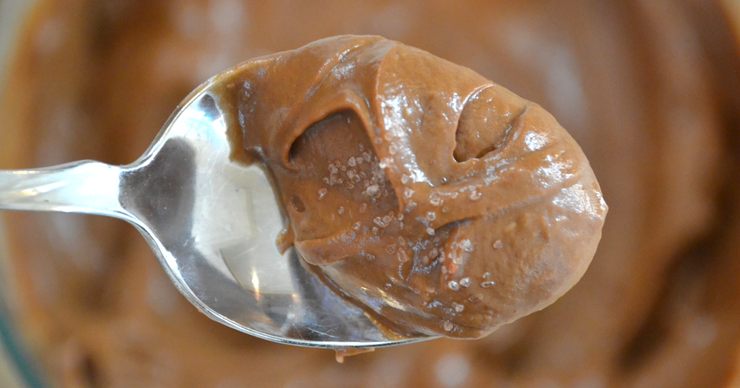
Balanced Nutrition is Key
Today eating is like an exciting adventure for me. I try to pack as many nutrients into my food as possible. I add desiccated liver and fermented kale to smoothies and salads. I eat sardines and anchovies a couple times a week. I eat pastured meats and eggs regularly. I aim for a rainbow of vegetables and plenty of healthy fats daily. I drink herbal teas for added minerals and to support my body and get my hormones back in balance. It’s almost like a fun game to see how many vitamins and minerals I can get each day. I feel good and the joy comes pouring out.
But I also enjoy a dish of ice cream when I want it. Sometimes I eat a bowl of mashed avocado and tortilla chips for breakfast (quick and delicious…and it’s easy to add liver to avocado!). I like to bake with my kids and make special sweet treats together (like gluten free Oreos® and salted honey chocolates). It’s even rare that I go a day without at least a little bit of chocolate.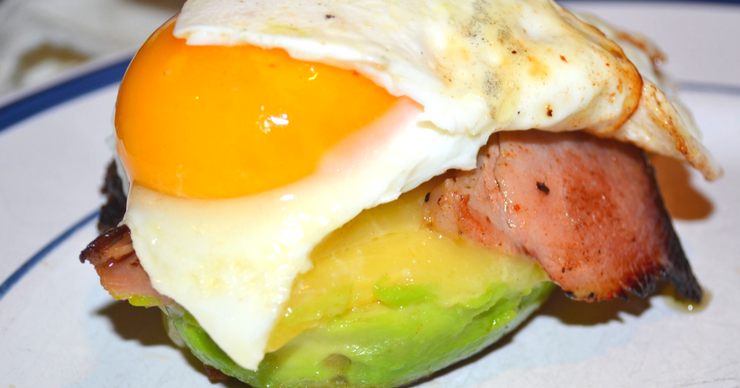
There is no more should or shouldn’t with food. There are no rules. There is no restriction. Which in turn eliminates cravings (imagine that!).
Now I love to fuel my body, and I love how it makes me feel. That does not mean my diet is perfect. Not every single bite of food has to be nutrient packed. And less healthy foods here and there don’t negate all the good stuff I put in my body every day.
Let go of Food Guilt
There is no guilt or feeling of reward for eating a certain way. I just truly love to eat nutrient dense food. No rules or special diets. I don’t eat GAPS or Paleo or AIP or low carb or any other specialized diet. I just eat real food that makes me feel good and that I know is helping me take care of my body. One day I might eat grain free while the next I might need some extra starch. And they are both just fine!
It’s very freeing to let go and find joy in nourishment. And it’s the healthiest I’ve ever been!
I am very blessed that I do not have an autoimmune condition or severe allergies. But I do have some sensitivities and health issues I’m still working through. But I try not to let them get me down. I nourish my body as best I can with my limitations and keep striving for full healing.
Eating real food is easy. There are limitless options. Eating real food that meets your needs can be hard. But once you figure out how to do it you’ll love how you feel.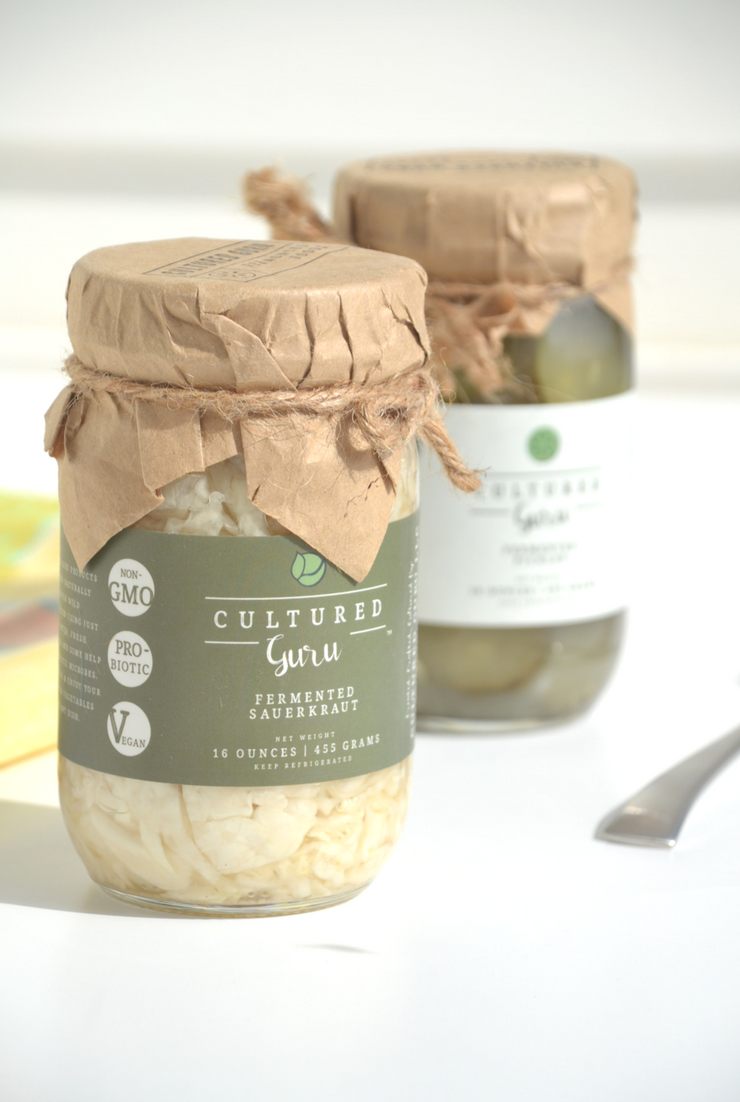
Foods That Nourish
Some of my favorite nutrient dense foods are ferments. They are packed with natural probiotics. What I really love is how easy they are (take a big scoop and enjoy!) and how much my kids like them. My toddler can’t get enough sauerkraut. While we do make our own sometimes, I don’t always have time to pound cabbage.
I recently got the chance to try sauerkraut and fermented pickles from Cultured Guru.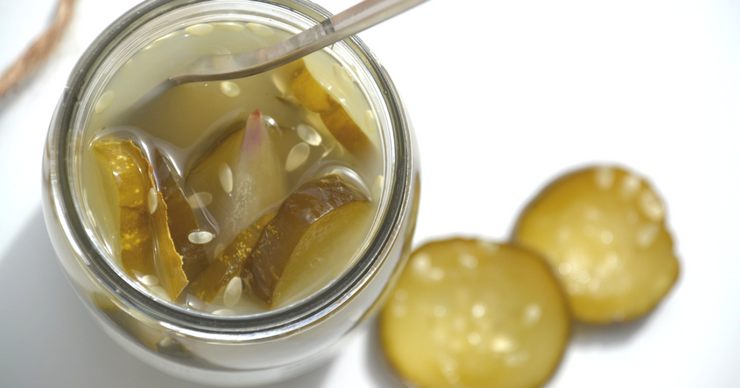
Both the kraut and pickles have just a few simple ingredients and taste amazing! Using traditional fermentation these products are teaming with probiotics. They make great additions to a meal or are the perfect quick snack.
My oldest can’t get enough of the pickles. She has oral SPD and doesn’t tolerate any amount of spice. So even though she likes pickles it’s rare we can find any she’ll eat. But she loves the Cultured Guru pickles! She loves the sauerkraut too. Another rarity for her.
I’ll be stocking up too. My kids and I can’t get enough!! Such a blessing when working on healing allergies!
Super Charged Food for Kids
Another super food that tops my list is a traditional staple – organ meats. I get mine by adding Perfect Supplements desiccated liver to just about everything. I even make caramel with it! I also love the fermented kale, collagen and aquatic greens from Perfect Supplements. I add them to most of our smoothies.
You can get 10% off any of these Perfect Supplements products with the coupon code TAKE10.
Some of my other favorite foods include sardines, salmon, eggs, raw milk, butter, lard, tallow, pastured meats and a rainbow of vegetables. They all make my body smile.
You have to be healthy to eat healthy.
I’m so excited to finally be healthy so I can enjoy eating well and nourishing my body every day.
Are you ready to let go of rules and enjoy eating again? Ditch the diets and find joy in nourishing your body.
Today is my birthday, and I’m starting it with pure joy. Joy that I’m taking care of myself and this beautiful body God gave me.
Want to see what I eat for my #nourishingbreakfast #nourishinglunch and #nourishingdinner? Follow me on Instagram! It may inspire you…or it might gross you out. In my husband’s words, “You eat that for breakfast?!”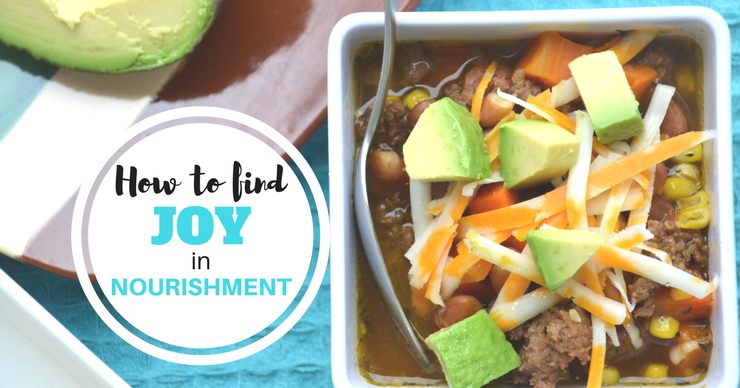
Disclaimer: I am working with Cultured Guru for this post. I have been compensated for my time but all opinions are my own.
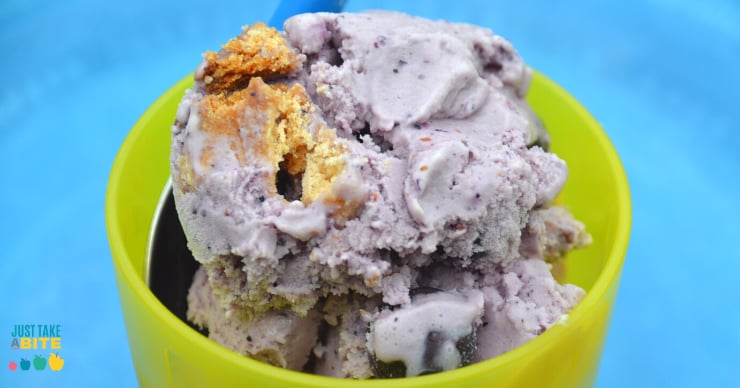 One of my absolute favorite things about summer in Michigan is the abundance of fresh blueberries. It has been my favorite fruit since I was little.
One of my absolute favorite things about summer in Michigan is the abundance of fresh blueberries. It has been my favorite fruit since I was little.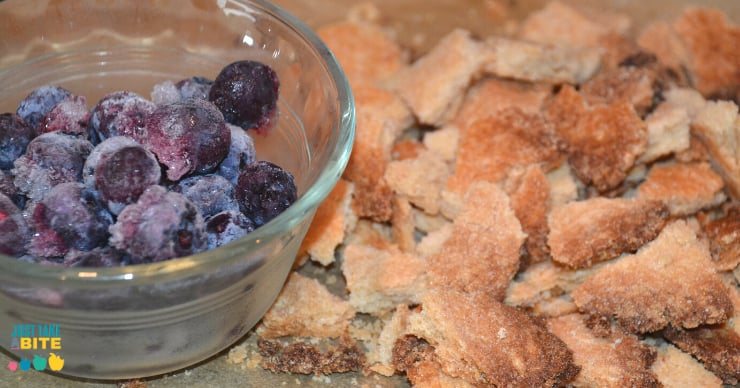
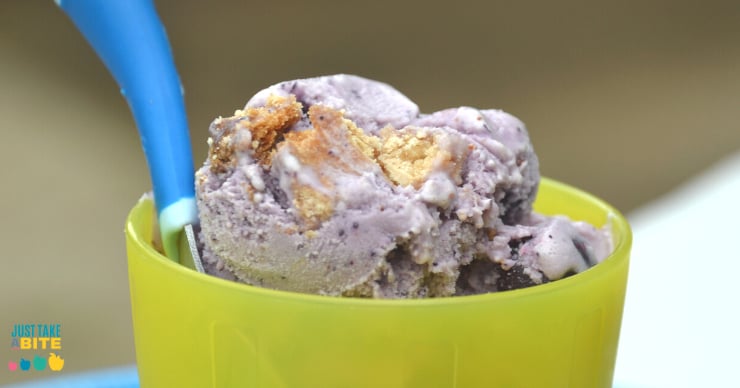
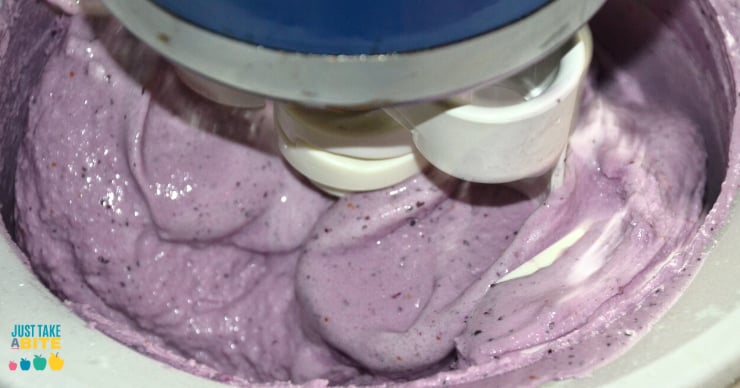


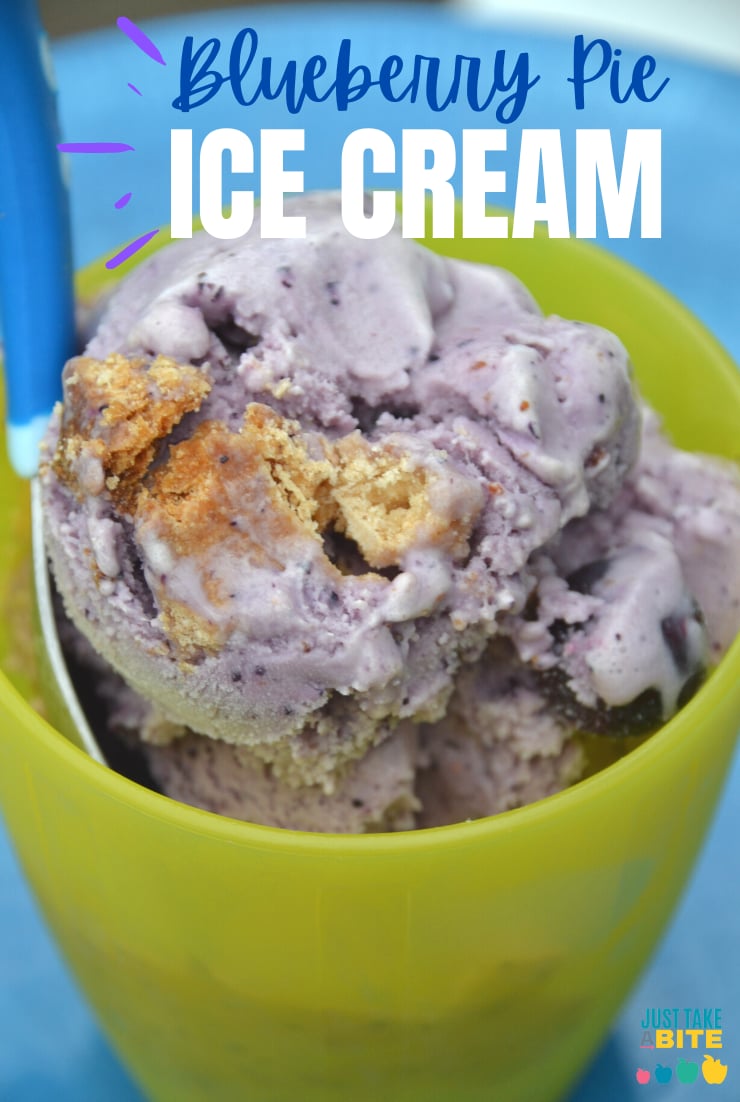

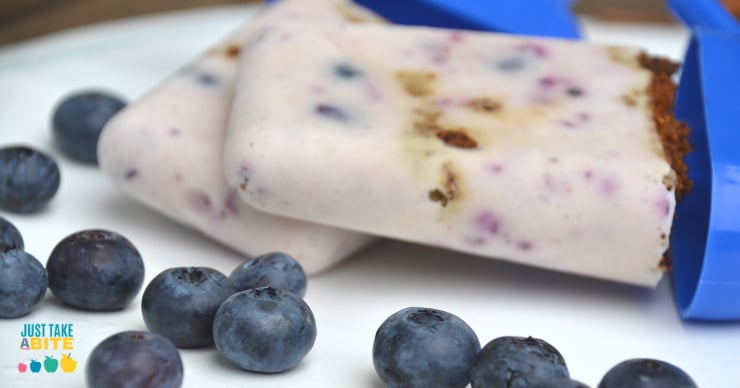
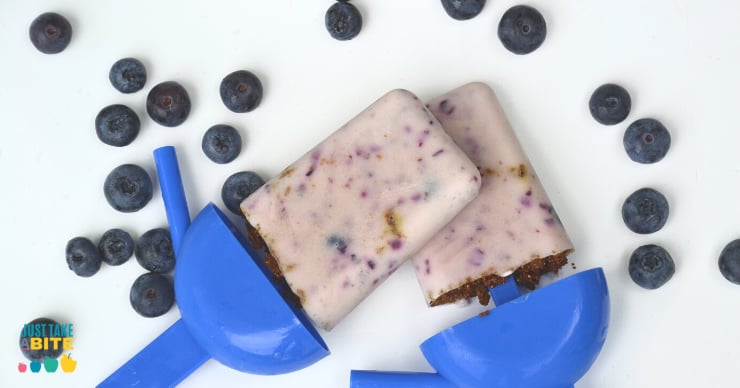
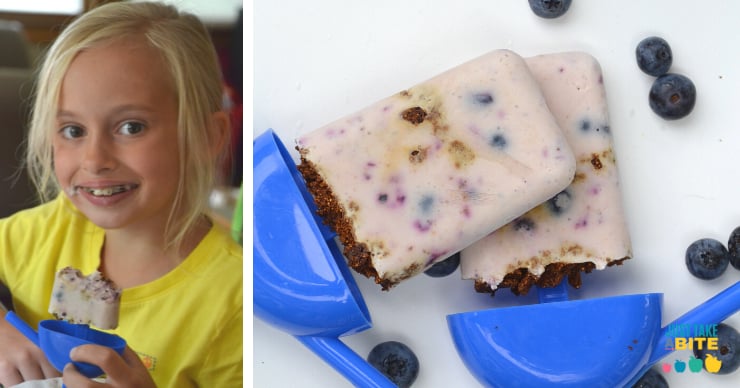
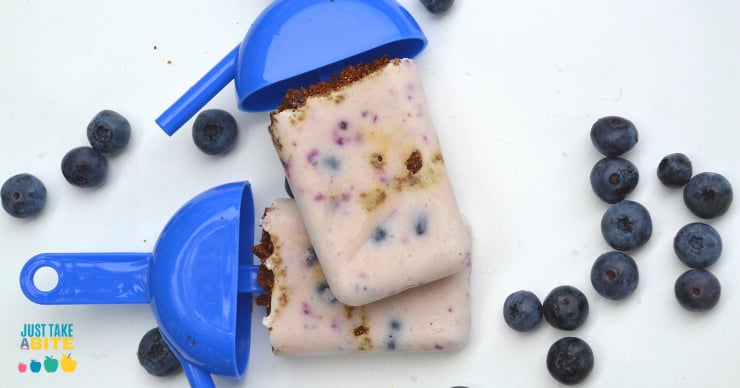
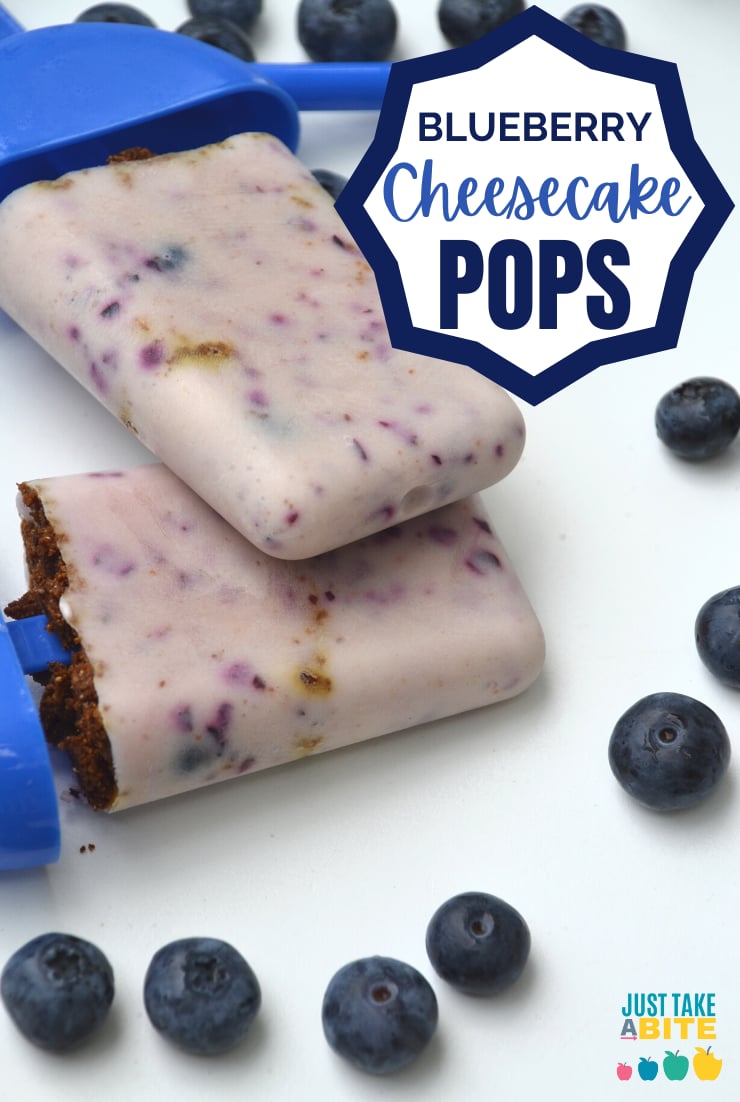

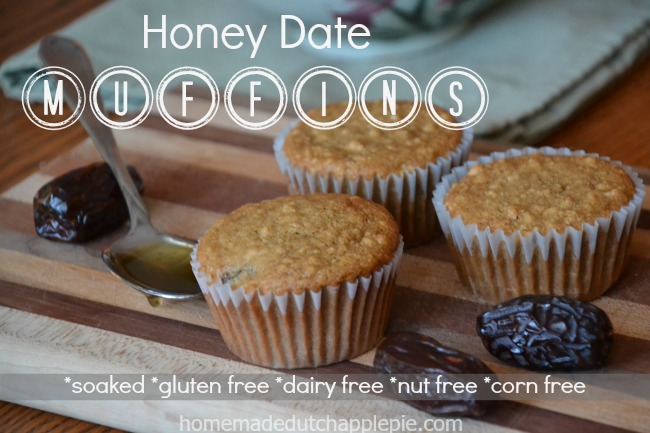

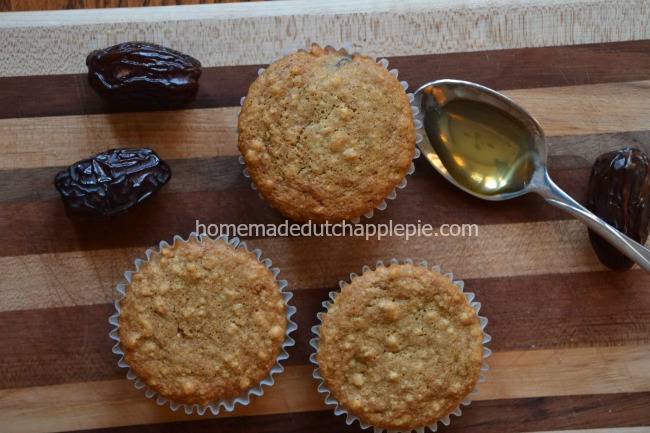

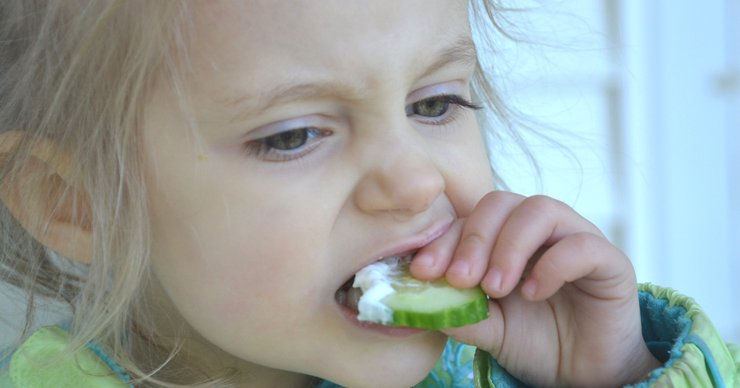


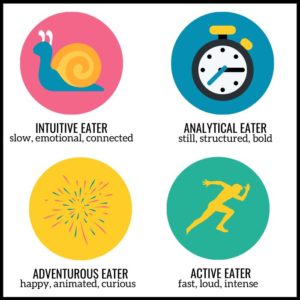
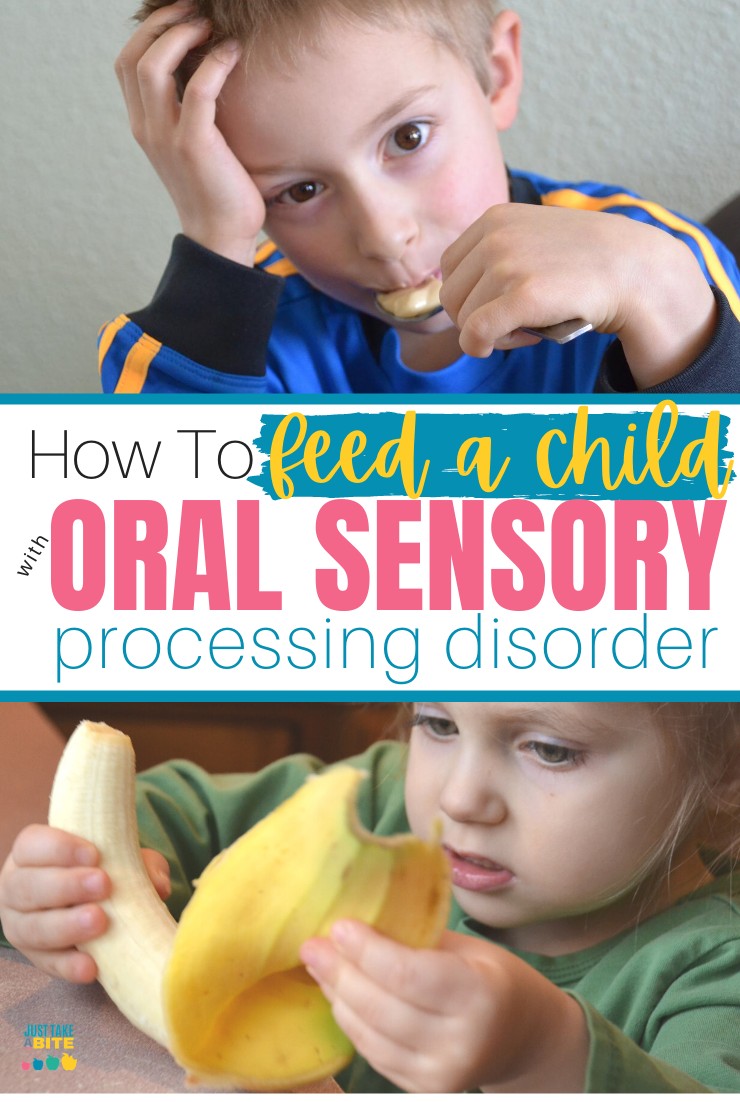
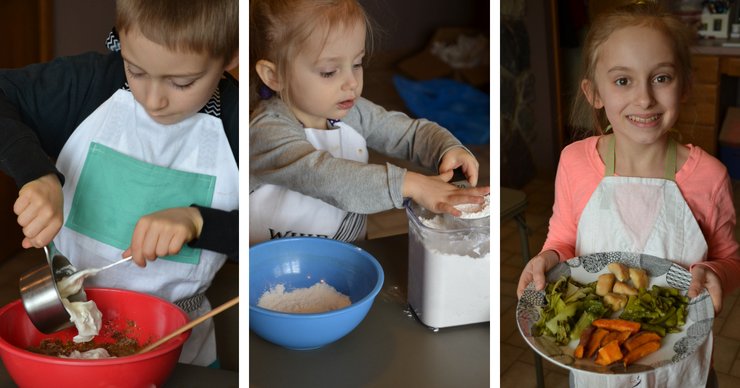
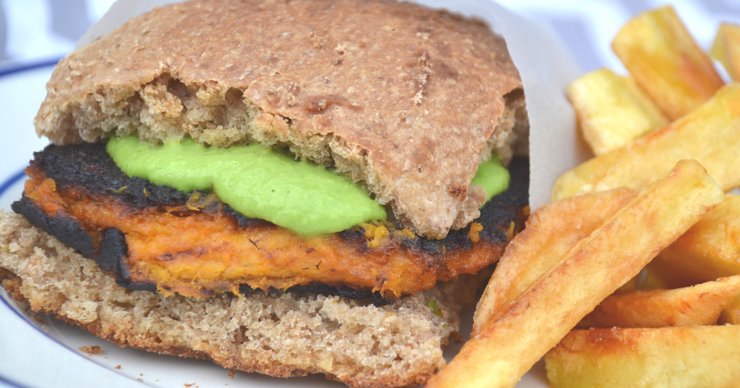
 Testing and Therapy for Oral Sensory Processing Disorder
Testing and Therapy for Oral Sensory Processing Disorder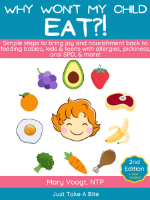

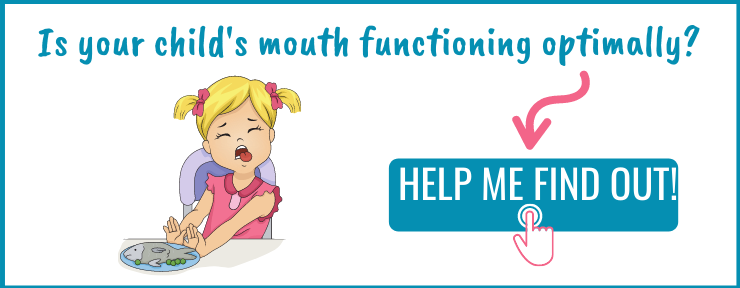
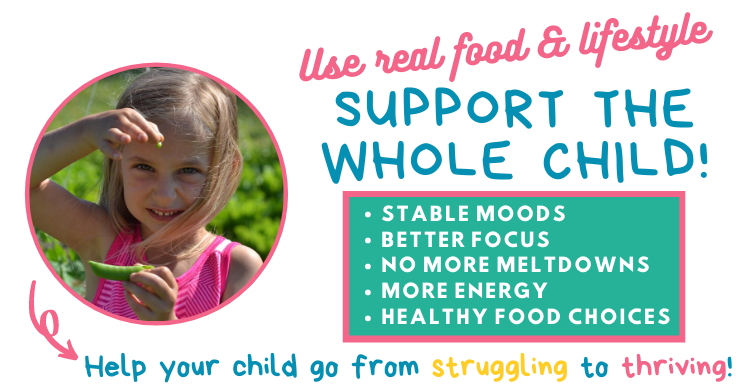








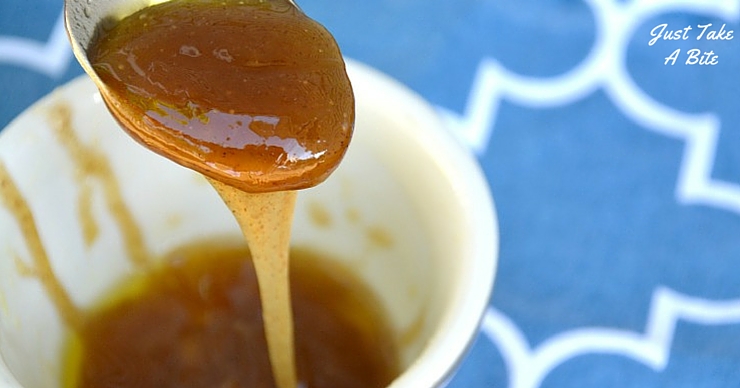
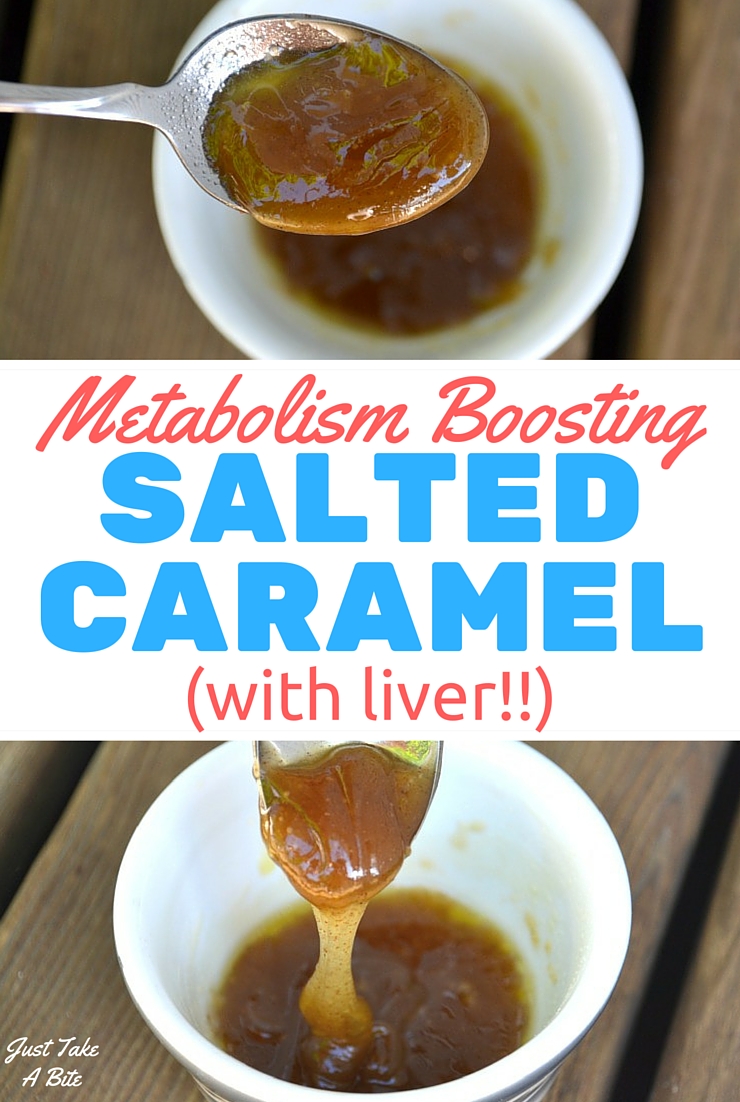
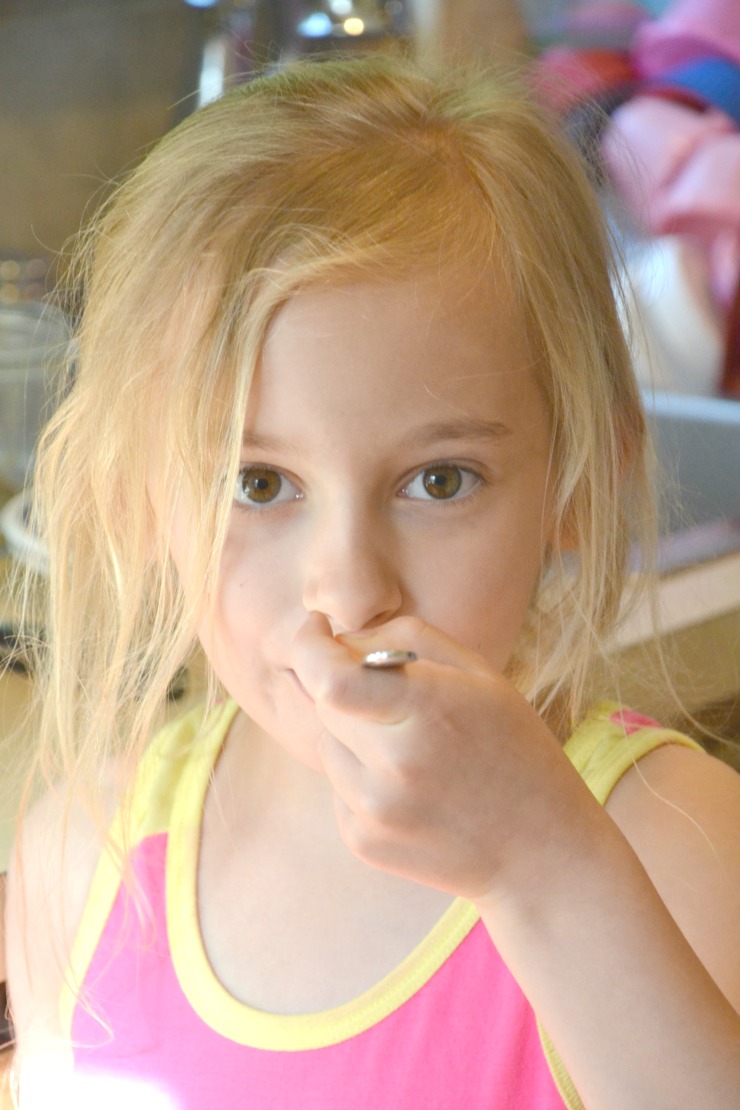
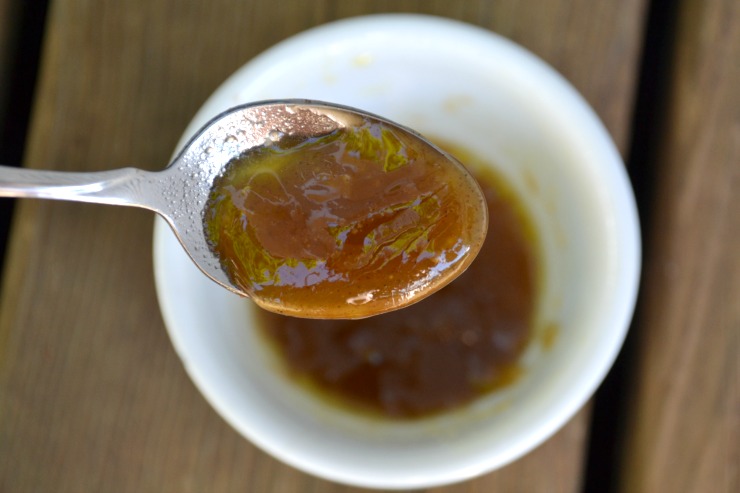
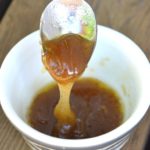
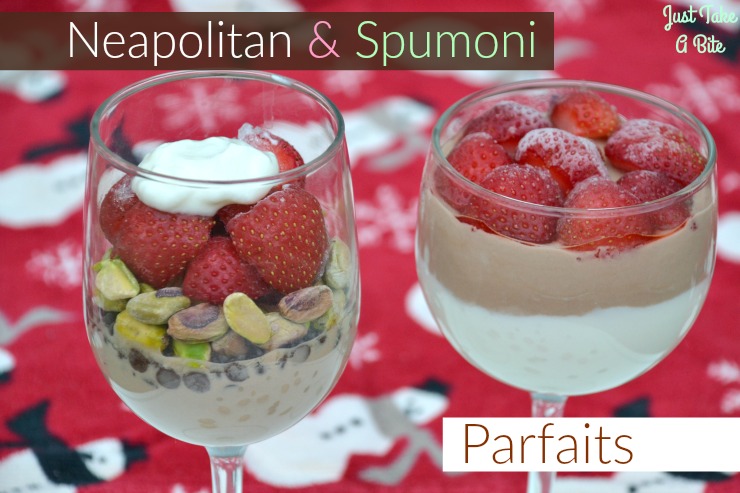
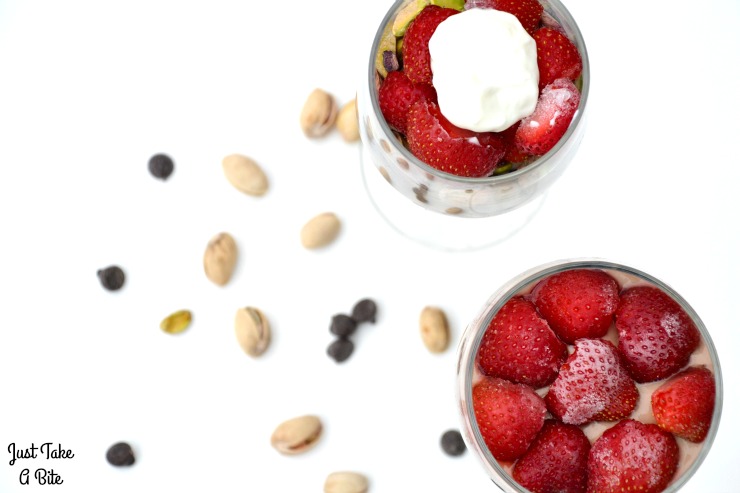

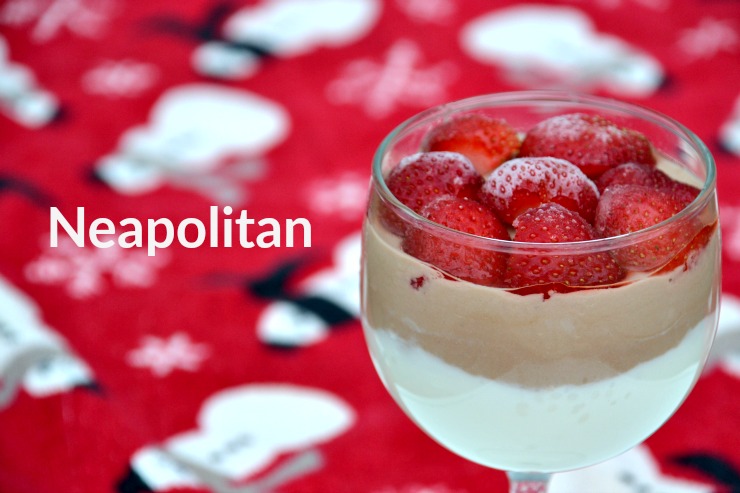
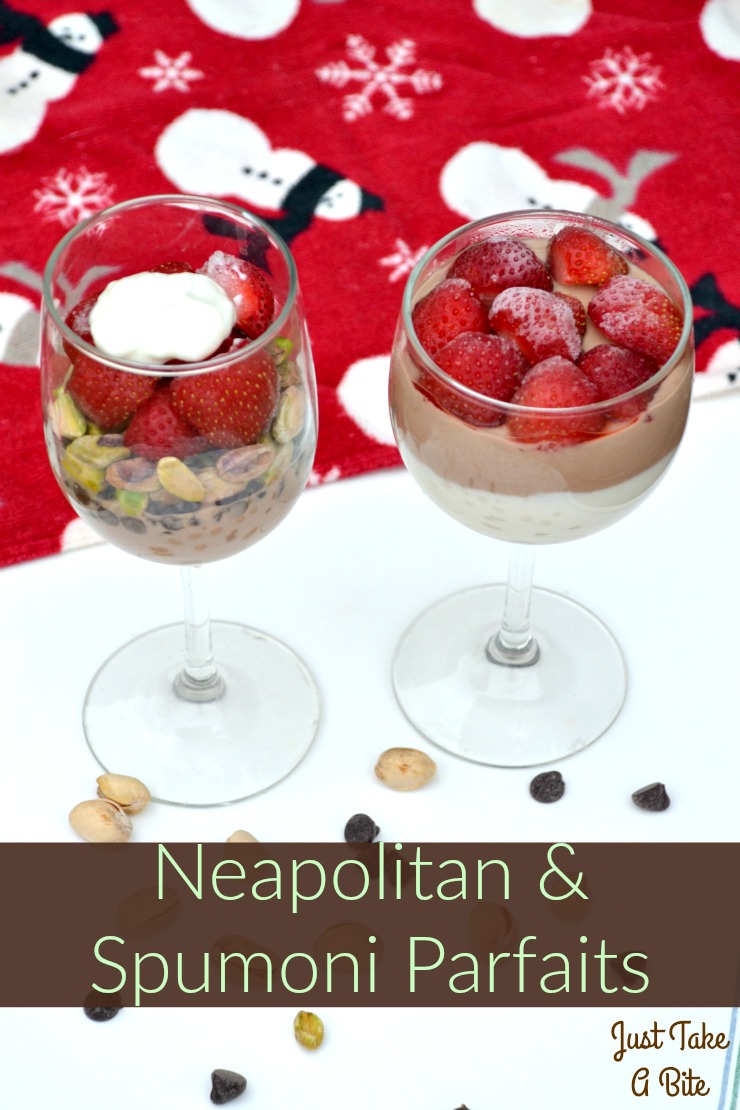

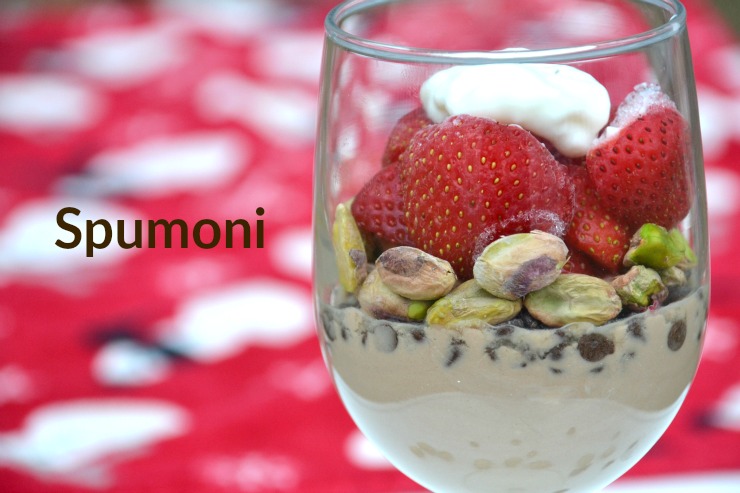
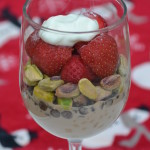
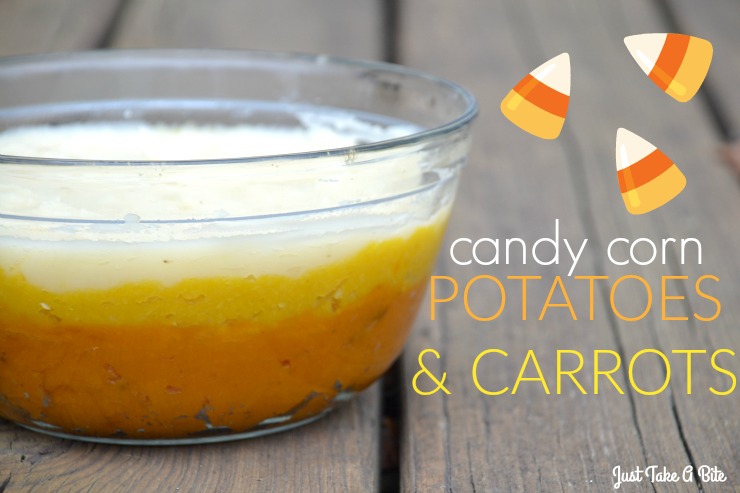









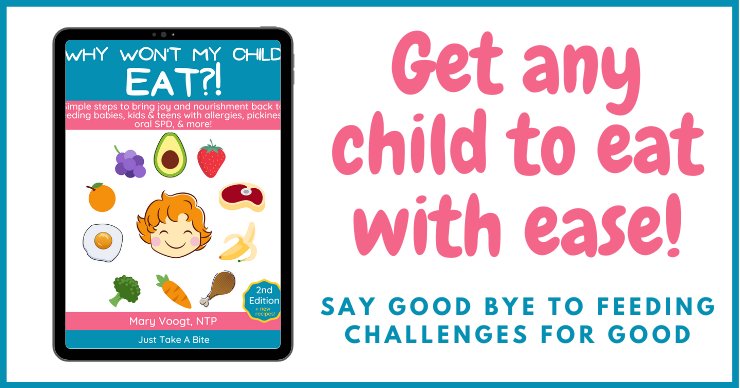
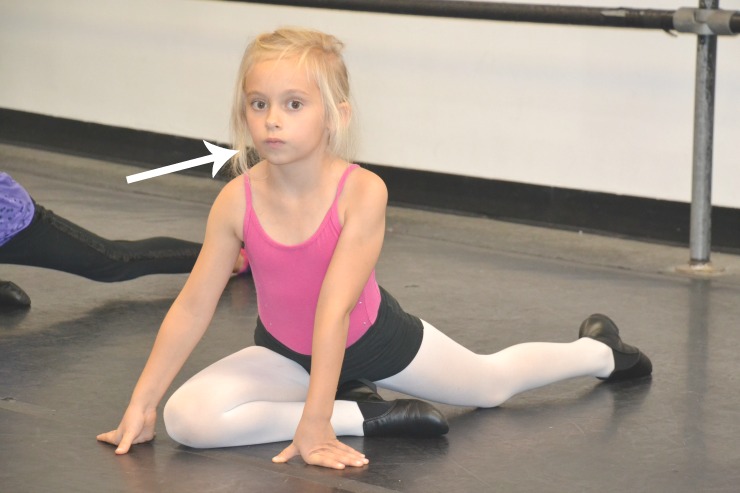
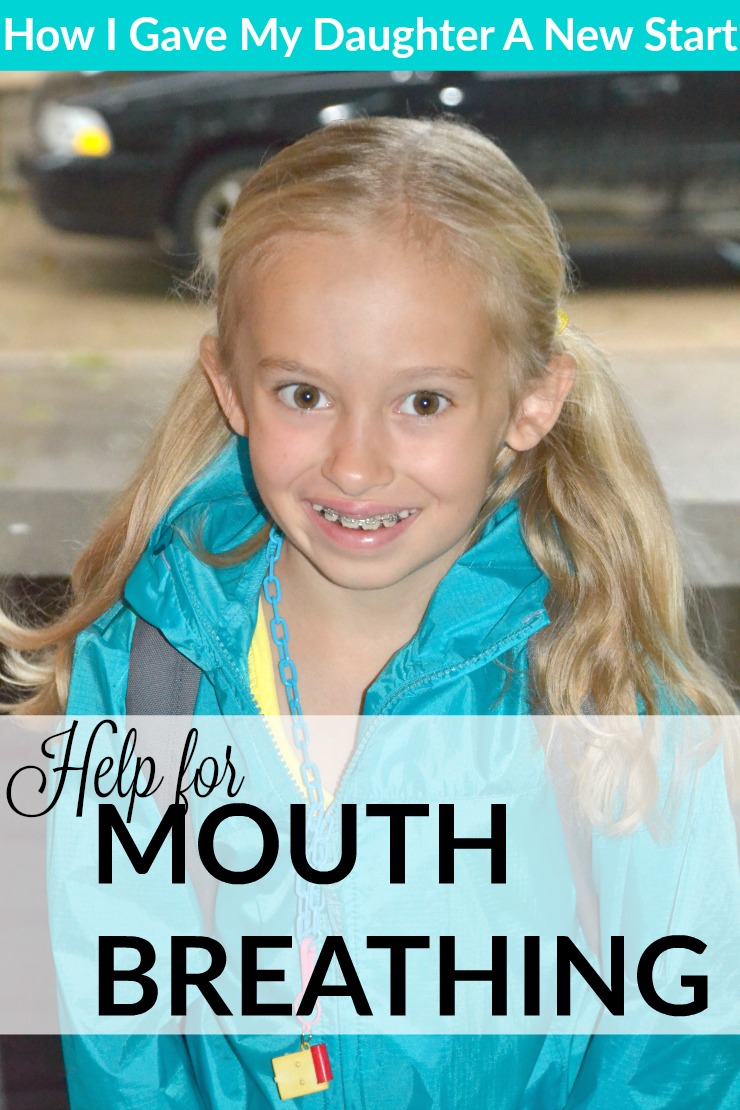

 Can you Eliminate Mouth Breathing?
Can you Eliminate Mouth Breathing?